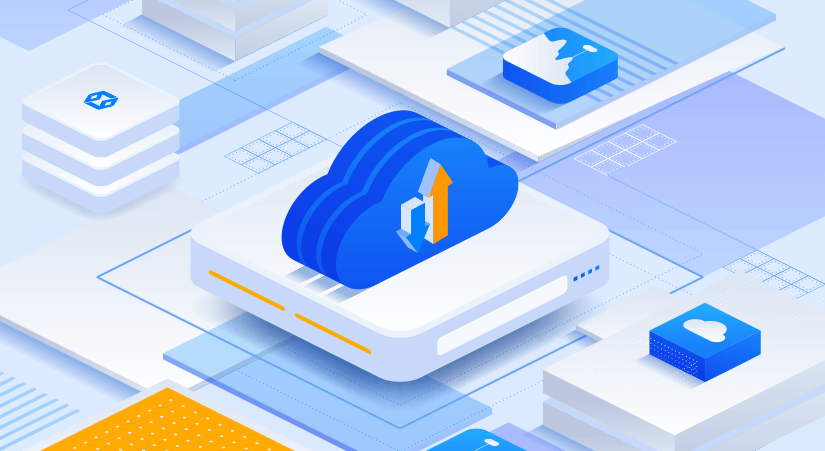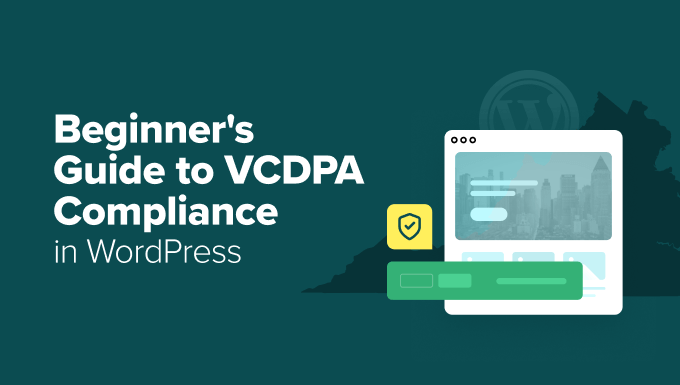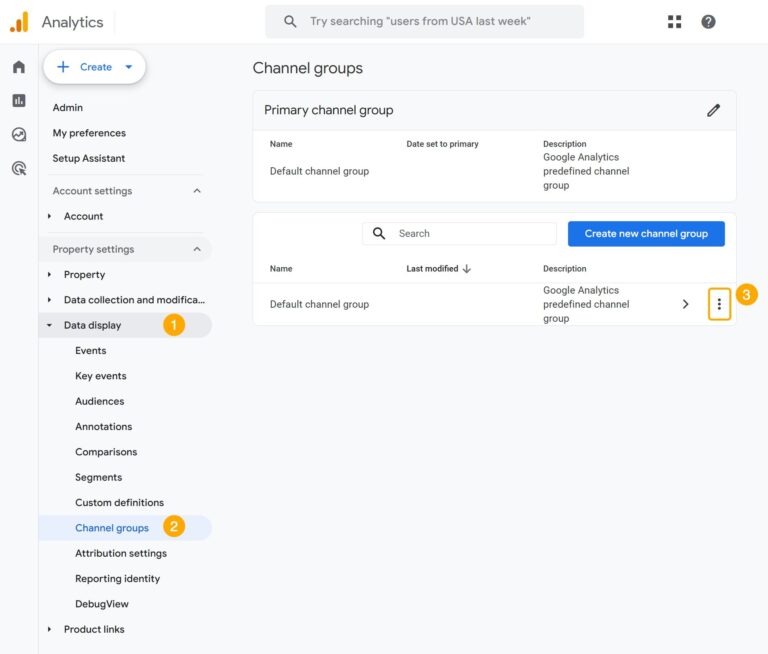

In today’s dynamic digital environment, organizations face the ongoing challenge of maintaining high performance and reliability during unpredictable traffic surges. Cloud bursting, a hybrid cloud deployment strategy, has emerged as a powerful solution—enabling businesses to scale computing resources instantly and cost-effectively, precisely when demand spikes.
What is Cloud Bursting?
Cloud bursting is an IT architecture approach in which applications primarily run on a private cloud or on-premises data center and “burst” into a public cloud when additional resources are required. This method leverages the agility of hybrid cloud deployment, allowing enterprises to manage normal workloads internally while seamlessly tapping into public cloud capacity during peak times. As a result, organizations gain the flexibility to deliver consistent user experiences without over-provisioning their internal infrastructure.
How Cloud Bursting Works in Hybrid Cloud Environments
At its core, cloud bursting uses advanced monitoring and automation tools to track resource utilization. When application demands approach pre-set thresholds, workloads are dynamically redirected to the public cloud. Once the spike subsides, traffic returns to the private environment, ensuring optimal use of resources and minimizing unnecessary costs.
There are several common approaches to cloud bursting:
- Automated Cloud Bursting: Uses policies and orchestration tools to trigger resource scaling automatically, delivering rapid response to fluctuating demands without human intervention.
- Manual Cloud Bursting: Administrators manually provision cloud resources when required, allowing precise control but requiring more operational oversight.
- Distributed Load Balancing: Workloads are balanced between private and public clouds, optimizing resource use and ensuring high availability.
Benefits of Cloud Bursting for Modern Enterprises
Embracing a cloud bursting strategy brings a range of business and technical advantages:
- Cost Efficiency: Only pay for extra compute capacity during traffic peaks, reducing the need for permanent over-provisioning.
- Flexibility: Instantly adjust to changing workloads, supporting business agility and continuity.
- Performance: Maintain fast, uninterrupted service even during unpredictable traffic surges, such as marketing campaigns, sales events, or data analytics projects.
- Resource Optimization: Free up internal resources for critical applications while offloading non-sensitive workloads to the public cloud.
Challenges and Limitations of Cloud Bursting
While cloud bursting offers clear advantages, deploying it successfully presents unique challenges. Integrating private and public cloud platforms often requires specialized tools and expertise to overcome compatibility issues. Security and compliance concerns must be addressed, especially with sensitive data transfers. Latency may impact application performance if network connectivity is insufficient, and managing costs in dynamic environments demands robust monitoring. Careful planning and the use of enterprise-grade solutions are crucial to overcoming these hurdles and ensuring smooth operation.
Ensuring Security and Compliance in Hybrid Cloud Deployments
Security is central to any hybrid cloud strategy. With cloud bursting, organizations should ensure data encryption both in transit and at rest, with strict access controls and regular audits for compliance with standards like GDPR or PCI DSS. Leveraging dedicated servers with advanced firewalls, DDoS mitigation, and intrusion detection adds protection. Businesses must also set clear data residency and retention policies to safeguard sensitive information as workloads move between environments.
Integrating Cloud Bursting with Existing Infrastructure
Cloud bursting adoption doesn’t require a full system overhaul. Modern orchestration tools and APIs enable seamless integration with legacy infrastructure, letting businesses extend on-premises data center capabilities. By using hybrid architectures, organizations can modernize IT operations incrementally, optimizing performance and cost. Best practices include consistent monitoring, unified identity management, and standardized deployment processes across environments.
Real-World Examples: Industries Benefiting from Cloud Bursting
Many industries now leverage cloud bursting for a competitive edge. Healthcare researchers use it to accelerate data-heavy genomic analysis. Financial firms burst to the cloud for end-of-quarter reporting, managing heavy data loads securely. Media companies rely on cloud bursting for high-volume streaming and video rendering, ensuring smooth experiences during viral events. These applications show the scalability and flexibility of cloud bursting for varied business needs.
Monitoring, Automation, and Proactive Management
Continuous monitoring is key for cloud bursting success. Automated tools track usage, performance, and system health to trigger scaling in real time. Solutions like Dataplugs’ management services provide alerts and analytics, helping IT respond quickly to issues. Automation lowers human error risk and ensures workloads are balanced between private and public clouds, maximizing uptime and efficiency.
Future Trends: AI, Edge Computing, and the Evolution of Hybrid Cloud
With rapid digital transformation, AI and edge computing are redefining hybrid cloud deployments. Machine learning predicts traffic and automates scaling, optimizing resource use. Edge computing brings processing closer to users, cutting latency and boosting real-time performance. Businesses investing in adaptive, future-ready infrastructure—supported by trusted providers like Dataplugs—are best positioned to seize new opportunities while staying agile and resilient.
Key Considerations for Cloud Bursting Implementation
While the benefits are clear, cloud bursting requires careful planning and robust infrastructure. Seamless integration between private and public clouds, secure data transfer, compliance with regulatory standards, and sufficient network bandwidth are all essential for successful deployment. Additionally, businesses should evaluate their workloads to determine which applications are suitable for bursting—typically those that are non-sensitive and not dependent on complex integrations.
Use Cases: When Cloud Bursting Makes Sense
- E-Commerce & Retail: Handle traffic spikes during seasonal sales or flash promotions without risking downtime or slow performance.
- Software Development: Scale resources for testing, compiling, or deploying new releases without impacting production systems.
- Big Data & AI: Perform compute-intensive analytics, rendering, or machine learning tasks by tapping into scalable cloud resources on demand.
- Marketing Campaigns: Seamlessly accommodate sudden surges in website visitors during product launches or digital advertising efforts.
Dedicated Servers vs. Cloud Bursting: Making the Right Choice
While cloud bursting offers exceptional flexibility, there are scenarios where dedicated servers remain the preferred choice. Businesses with mission-critical workloads, strict compliance requirements, or the need for full control and customization benefit from dedicated server hosting. With dedicated resources and enterprise-grade hardware, dedicated servers deliver unmatched performance, reliability, and security—empowering organizations to maintain consistent service even during periods of intense demand.
Dataplugs, as a leading dedicated server hosting provider, supports businesses worldwide with robust infrastructure, advanced security measures, and 24/7 expert support. For organizations seeking a reliable foundation for their high-traffic websites or sensitive applications, dedicated servers offer peace of mind and operational excellence.
Conclusion: Achieve Agility and Reliability with the Right Strategy
Navigating today’s complex IT landscape requires both agility and reliability. Cloud bursting enables organizations to adapt to fluctuating demands through hybrid cloud deployment, providing on-demand scalability without unnecessary costs. However, for consistent performance, advanced security, and total control, dedicated servers remain indispensable.
Explore the possibilities with Dataplugs—whether you’re looking to optimize your hybrid cloud strategy or seeking the stability of dedicated server hosting, our solutions empower your business to scale confidently and securely in a rapidly evolving digital world via live chat or email at sales@dataplugs.com.





